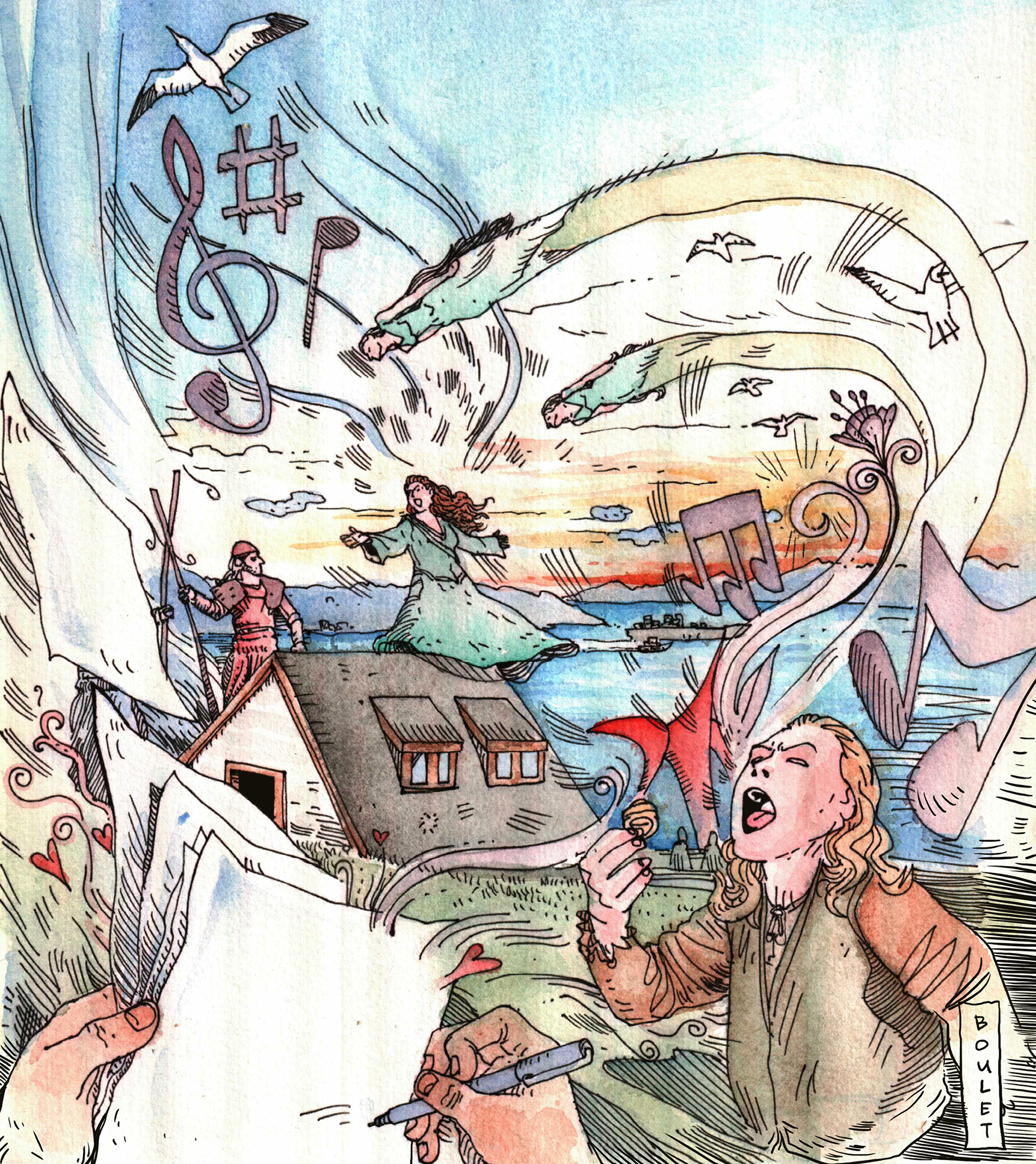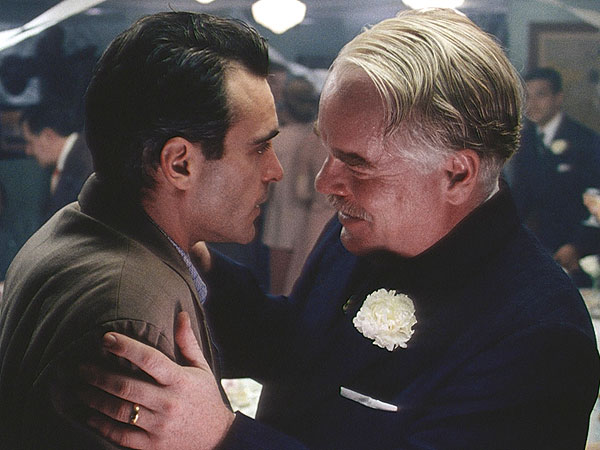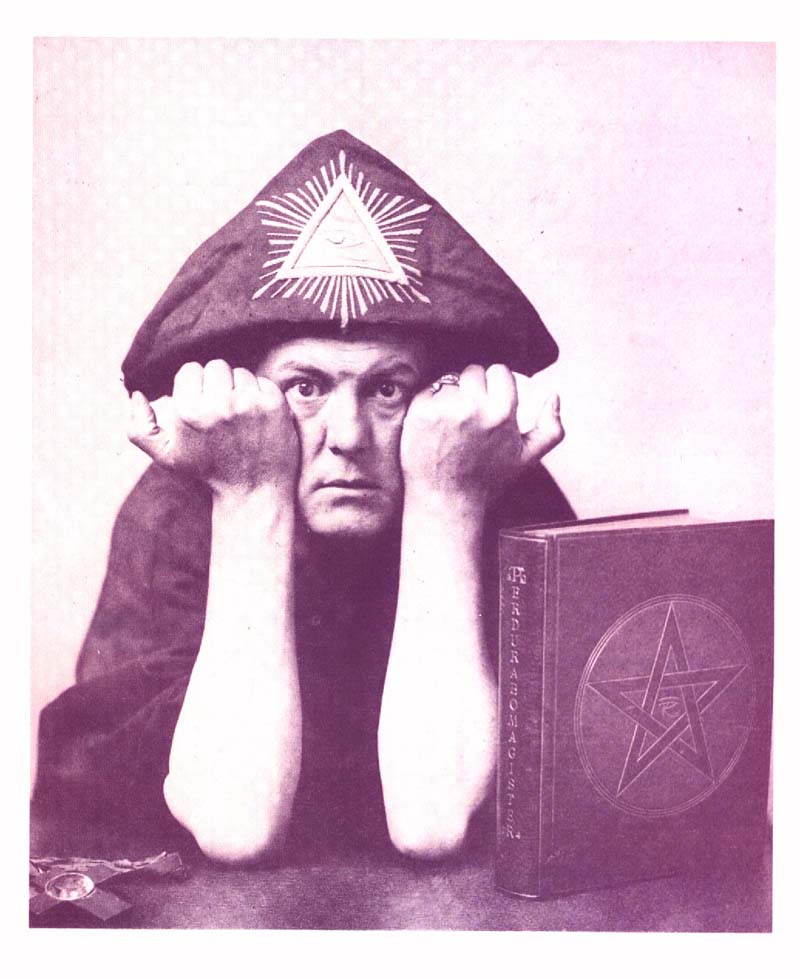FRIDAY 10/28
Books: Reconnaissance, War, Tragedy
The tallest peak in the world has inspired a mountain of books, and Wade Davis now adds a suitably massive new volume to the stack. Thought you already knew everything about climbers George Mallory and Sandy Irvine, who perished on Everest in 1924? Wrong! In his comprehensively researched Into the Silence: The Great War, Mallory and the Conquest of Everest (Knopf, $32.50), Davis delves far back before the two ill-fated British expeditions of the 1920s. That means colonial history, as the Brits and Russians dispatch reconnaissance men (aka pundits) to map and survey the subcontinent; World War I, in which most of the future expedition members served; and sundry domestic details. (Over 12 years, Davis appears to have read every letter, shopping list, and diary entry from his 26 main players.) But it’s fall, and climbing season is over in the Cascades. Now is the season for reading climbing books—preferably before a raging fire, dressed in period tweeds, while nursing a glass or three of brandy. (On which subject, armchair alpinists should take note that less-verbose local Everest veteran Ed Viesturs, author of The Will to Climb, will appear at Town Hall, 7:30 p.m. Thurs.) Running 650 pages, including notes, Into the Silence may keep you occupied until summer climbing season begins. Elliott Bay Book Co., 1521 10th Ave., 624-6600, elliottbaybook.com. Free. 7 p.m. BRIAN MILLER
Film: Four Women
The setting is the wartime precipice of 1938; the synthesizer score is distinctly 1983. When he finally adapted Junichiro Tanizaki’s novel The Makioka Sisters, Kon Ichikawa was 68 years old—a living link to Japan’s cinematic Golden Age, taking on a self-consciously throwback prestige production. His film details the interlocked emotional lives of four Osakan siblings, orphaned young and left as caretakers of the once-prestigious Makioka name. Observing each woman meeting this duty, The Makioka Sisters is a Whartonian work of compassionate nostalgia tinctured with irony. Tsuruko and her husband are the family leaders—but the unmarried youngest sisters stay away from the old family seat, living instead with Sachiko and family. Familial code requires that marriages be arranged in strict chronological succession, so the youngest, Taeko, inclined toward bohemia and Western dress, impatiently waits on the decision of Yukiko, a paragon of classical pulchritude who has her own reasons for clinging to Sachiko’s house. The unspoken something between Yukiko and Sachiko’s husband is given almost entirely, unmistakably, in eyelines, typifying the film’s mapping of relationships in quiet clarity, overwhelmed sporadically by onrushes of beauty—a rapturous collage of kimono fabric or the sisters’ annual spring viewing of cherry blossoms figure at the center of an already-gone world. (Through Thurs.) SIFF Film Center (Seattle Center), 324-9996, siff.net. $5–$10. Call for showtimes. NICK PINKERTON
Books: The Dog That Saved Hollywood
Followers of Susan Orlean‘s Twitter feed won’t be surprised to learn she’s written a book about a dog. Her enthusiasm for animals is evident in the many pictures she posts of the various guinea fowl, Black Angus cattle, and ducks that populate her upstate New York farm. What might be a surprise, however, is how Rin Tin Tin: The Life and the Legend (Simon & Schuster, $26.99), her sweeping account of America’s first canine movie star, manages to maintain its momentum for nearly 300 pages. Nominally about the German shepherd that saved Warner Bros.—when the studio hit a rough patch, its solution was to release another profitable Rin Tin Tin movie—Orlean’s book also explores the human/animal bond, the rise of Hollywood, and the role of dogs in battle (the original Rin Tin Tin was adopted by an American doughboy during World War I), all with the personal observations familiar from The New Yorker and The Orchid Thief. (Note: This event also includes TV clips and a screening of the 1925 silent film Clash of the Wolves.) SIFF Cinema at the Uptown, 511 Queen Anne Ave. N., 624-6600, elliottbaybook.com. $12–$15 (or $35–$38 with book). 7 p.m. CALEB HANNAN
Dance: Final Steps
For someone who threw dice to decide what movement to include in a new work, Centralia-born Merce Cunningham choreographed the end of his career quite specifically. Several years before his 2009 death (at age 90), he decreed that, after a final tour, his company would disband and his work would only be staged by other groups, rather than maintaining a dedicated ensemble. So the Merce Cunningham Dance Company is making its last two appearances here in Seattle, almost at the end of its final tour. We’re seeing some of the oldest and best-known dances, including Rain Forest, with its silvery Andy Warhol–designed pillows, and some of his most current experiments, like Biped, which incorporates motion-capture animation. Both are prime examples from a six-decade career of radical elegance. The Paramount, 911 Pine St., 877-784-4849, stgpresents.org. $27–$55. 7:30 p.m. (and 8 p.m. Sat.) SANDRA KURTZ
SATURDAY 10/29
Music/Film: All the Way Inside
There aren’t a lot of Sigur Rós haters: People either love the Icelandic band or are content to let its ethereal sounds fade into the background. It follows that probably not many will dislike Inni, which translates as “inside.” Inni is radically different from 2007’s heima, which showed Sigur Rós at the height of its indie fame, and comes in the middle of a long hiatus, with band members pursuing solo projects. Shooting mostly in moody black-and-white, director Vincent Morrisset makes digital footage from 2008 look like long-lost video from around the time Ian Curtis was still doing gigs. He transferred the performance footage to 16mm film and continued filtering, reframing, and refocusing it, using color archival material of early TV interviews and backstage outtakes as separators between songs. The result is a hazy, shoegazy visual tone both elegiac and eulogistic—that is, at once meditative and funereal. At a time when most U.S. music docs have devolved into either artist-endorsed electronic press kits (see Scorsese’s Dylan and George Harrison docs) or predictable Behind the Music–style fables of redemption, it’s refreshing to see state-sponsored artists still flying the flag for the rock film as an art film. Neptune Theatre, 1303 N.E. 45th St., 877-784-4849, stgpresents.org. $6–$10. 8 p.m. GUSTAVO TURNER
SUNDAY 10/30
Sports/Food: BYOC
Cincinnati chili, also known as chili five-way, isn’t chili so much as a hybrid of spaghetti, meat, and kidney beans. There’s also cinnamon in it, and particularly decadent renditions have been known to include a pinch of cocoa. Cincinnati’s most famous purveyor of Cincinnati chili is Skyline; sadly, they don’t serve it at the Clink, and there are no plans to have it on special this Sunday when the Bengals visit to play the Seahawks. But Cincinnati chili would make a hardy, Budweiser-balancing tailgate dish, and it would look—and taste—great in a crockpot. Bring it to the Clink today, and hope the Seahawks bring it, too. Now that cornerback Marcus “Toast” Trufant is out for the season with an injury, at least the defense should benefit by subtraction. And Coach Pete Carroll can still talk faster than a world-class stenographer can type—on crack. CenturyLink Field, 800 Occidental Ave., seahawks.com, 682-2800. $65 and up. 1:15 p.m. MIKE SEELY








